A Year in My Yard: Lessons in Gambling
I have challenged myself to document and report all of the flowering plants on my property for they year. I will be sharing my findings as they happen throughout the flowering season.
Spring in Minnesota is full of extremes as the weather seems to go through mood swings, personalities and extremes all within several weeks. This spring started very early with nearly a week of very above normal temperatures. But in true spring fashion, the warmth was short=lived and the cold returned for several weeks. For us humans this is not a big deal as we just have to put on the winter jacket again and wait out the cold. But plants have much more at stake.
Each spring plants play the odds for when to withdraw from their energy reserves and begin to produce leaves and flowers. Those who bud out too soon risk losing their investment with late frosts. Those who bud out too late miss out on valuable solar energy to capture.
Plants also risk missing their pollinators if they bloom at the wrong time. Many plants rely on insects to transfer pollen from one flower to another increasing genetic diversity within the population and producing the next generation of the species. Because of climate change we are now witnessing an upset in some of these relationships. Some species of plants are blooming before their pollinators are present. This may not seem like a big deal but the very survival of some species is on the line.
And now here are some of those early gamblers:
April 2, 2016
Slippery Elm, Ulmus rubra
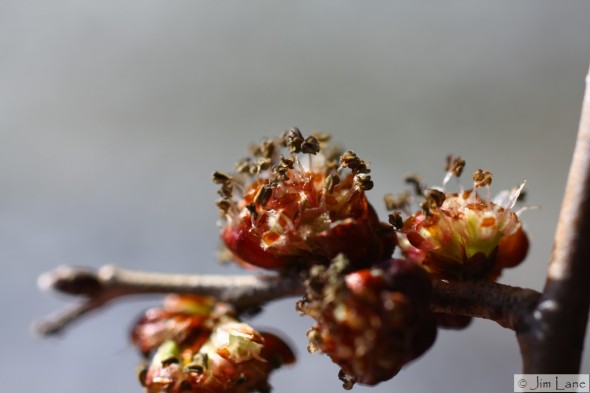
These small flowers have been nipped by the frost. Notice the wilting on the stamen and the damage to the bud scales. This tree took a hit but I think the gamble ultimately paid off. This is a tree species that I did not realize I had on my property and was a new one to identify as well!
April 14, 2016
Crocus, Crocus sativus
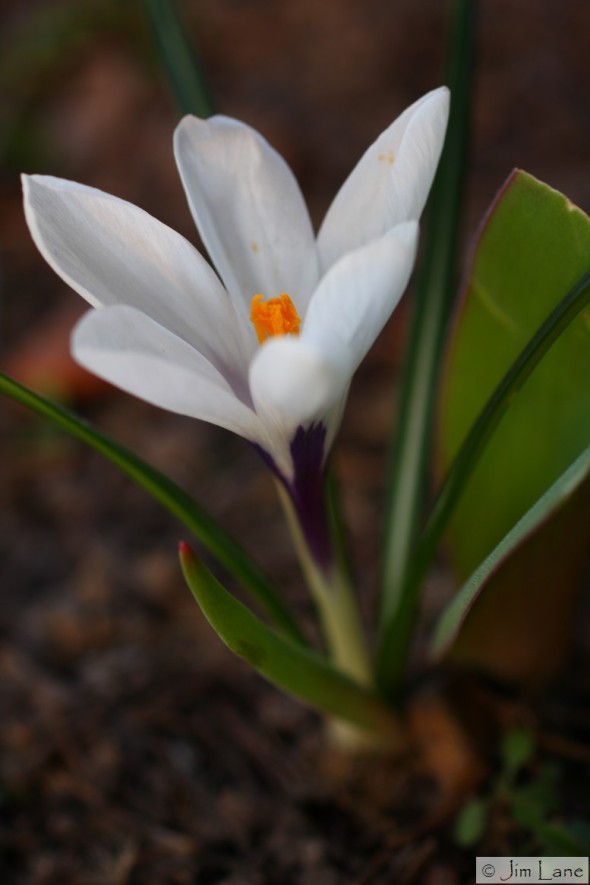
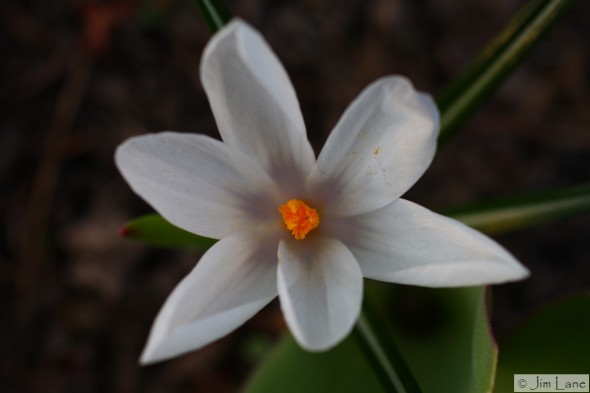
April 16, 2016
Pussy Willow, Salix discolor
Here is an example of how one species prevents self-fertilization. The first picture is the flower bud taken on March 26, 2016. The second and third pictures are from two different trees. The second picture is the male stage of the flower with the flamboyant male stamen spreading their pollen. In the third picture, the stamen have wilted and the female stigma has matured to receive pollen from another tree.
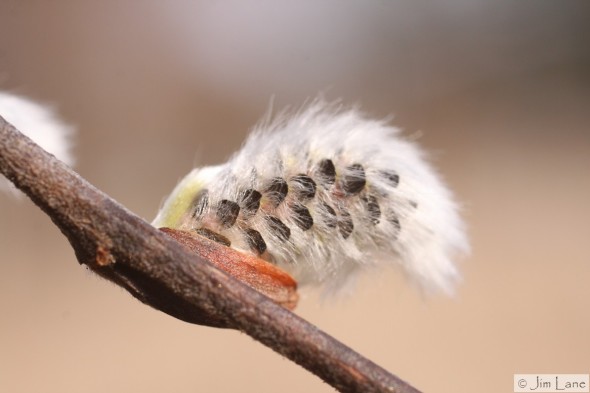
Flower bud
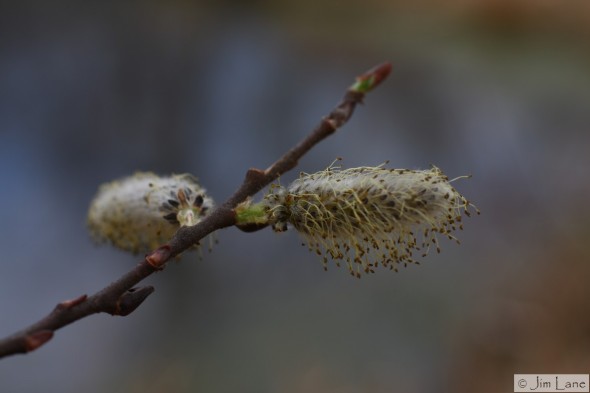
Male flowers. Not the long stamen with pollen heads on the end.
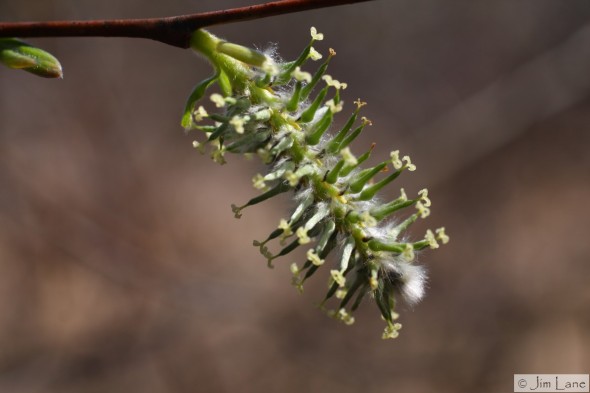
Female flower. Note the yellow stigma on the ends.
Boxelder, Acer negundo
Boxelder trees are short lived, water loving members of the maple family. They produce samaras (the helicopter seeds) like other maples. Growing up my favorite climbing tree was a boxelder.
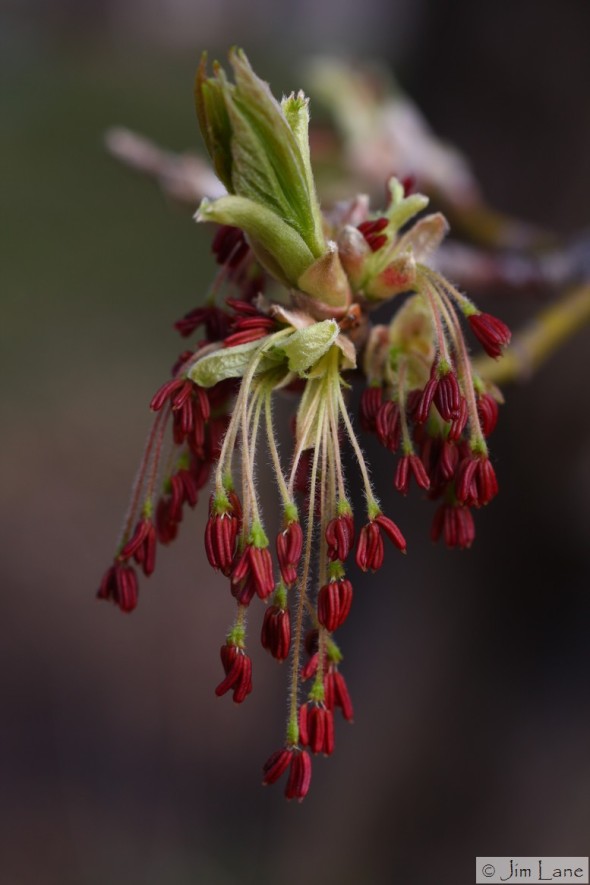
Boxelder flower
Eastern Cottonwood, Populus deltoides
I have a love-hate relationship with cottonwoods. Their rapid and impressive growth make 50-year-old cottonwoods look like giants compared to other species 3 times their age. Because they are a member of the Poplar family they have very soft wood and will often drop branches or limbs during storms. As the name suggests they also produce cotton that will infiltrate every crack and crevice around the house, cars,and your own body. The yellow bud scales that protected the flower before it bloomed are quite sticky and will readily be tracked through the house on my feet, socks and shoes. I always seem to find them stuck in places well after the flowers have finished blooming.
Siberian Squill, Scilla siberica
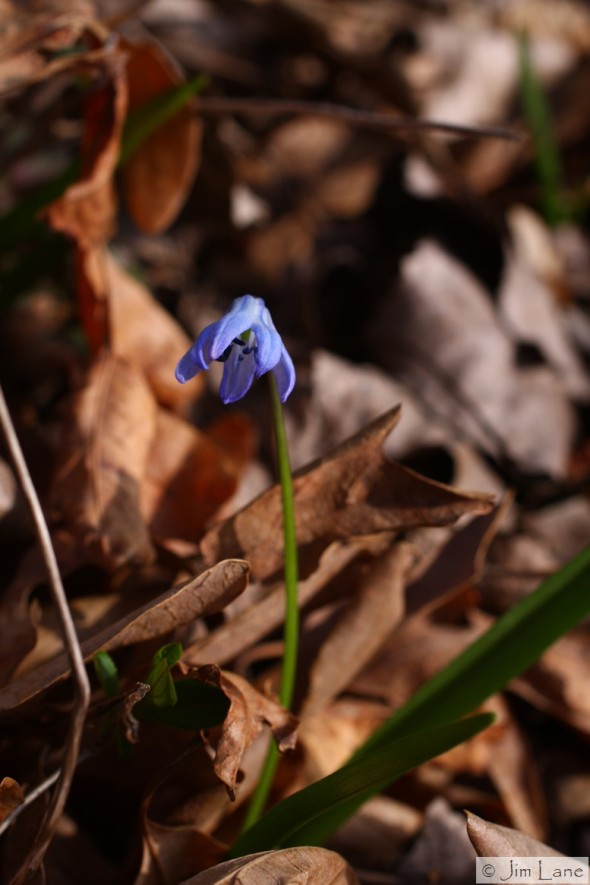
Ground Ivy, Glechoma hederacea
Ground Ivy, commonly called Creeping Charlie, is a very common weed in many yards and lawns. Despite its negative reputation as a weed, this plant serves as an important early spring food source for many insects. The trumpet-shaped flowers are a product of coevolution with the insects that pollinate them. The shape forces the insect to enter the flower to access the nectar deep in the trumpet. In doing so the insect becomes covered with pollen, which is then transferred to another flower. Flowers are, for all intents and purposes, billboards for insects. They are advertisements that have evolved in response to pollinators. Each flower is adapted to a specific set of pollinators and each pollinator is adapted to a specific set of flowers. Which bears the question which came first?
The gamble of making energy demanding flowers is the dependence on the pollinator to complete the act of pollination. Without the pollinators, the plants would not be able to reproduce. This subtle relationship is often taken for granted but our very existence depends on it.
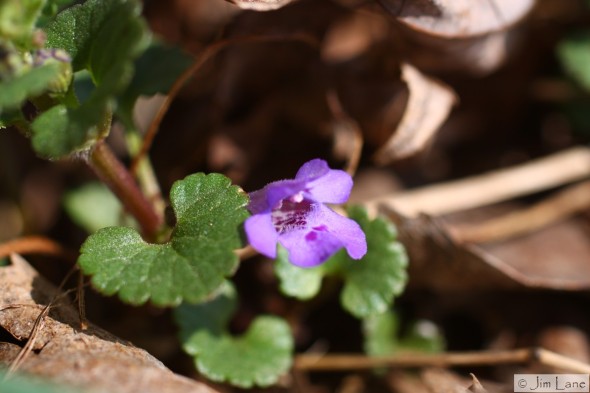
I have two more flowers I have yet to identify. New post coming soon!
